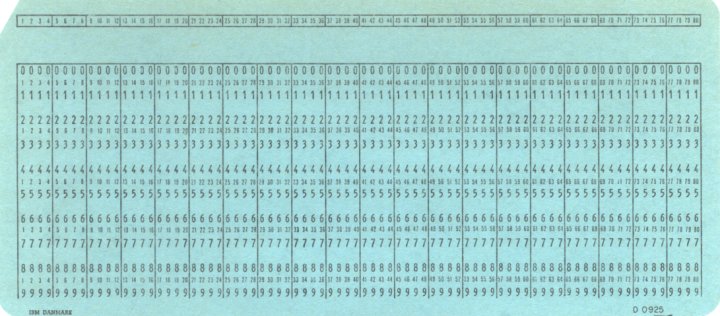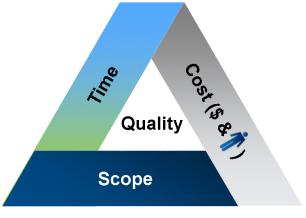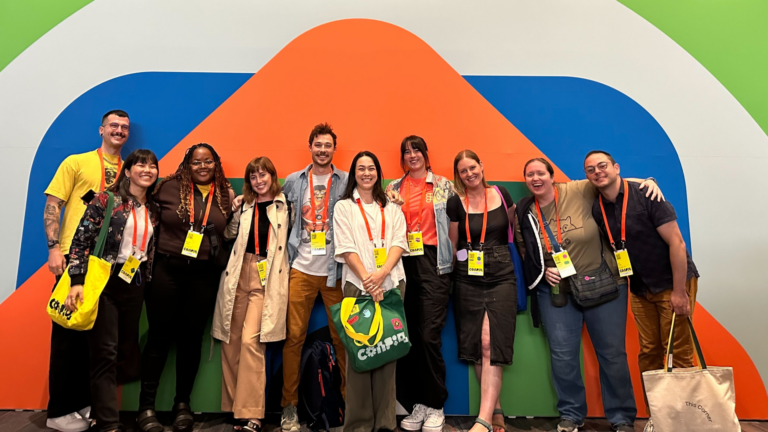The Triple Constraints: You Only Get Two

Early in my career, I had the unique opportunity to work with Dr. Bob Graham, author of Project Management as if People Mattered and an early guru of software project management. At the time I was more cynical than I am now about ‘gurus’, but I still had the deepest respect for this guy for many reasons. Here are the top three:
- He never lectured; he taught by telling stories and making analogies
- When he started his career he was programming on punch cards—so he had street cred, but he was also one of the first who recognized that software projects needed Project Managers
- Whenever we worked late and went to dinner, he always ordered good wine

I learned a lot from Dr. Bob, but one lesson that has stuck with me is the lesson of the “triple constraint” of projects. Dr. Bob would say that everyone wants projects cheap, fast and good, but his stance was that you could only have two. Later in his career, Dr. Bob changed “Good” to “Features.” In other words, you can build something cheap and fast with only a few features—but if you want a lot of features, you’ll have to give up something else. Quality becomes a tug-of-war between “good” and “features.”
I hadn’t thought about Bob in a while, but I was reminded of his wisdom when I found Dan Maginn’s article on www.good.is last month. While he may be preaching against the American trend of “bigger is better” he is also promoting the architect’s version of the triple constraint. If you want it big and good, it ain’t gonna be cheap. If you want it cheap, think smaller—and smaller isn’t always worse.
Now think about what you do and read this quote:
“We want so bad to believe that we can have it all—a cool design with lots of space, for not a lot of money. But we can’t have it all.”
Replace “…with lots of space..” with whatever third constraint your projects are constantly struggling with… “in a short period of time” or “with a ton of features”… Dr. Bob started this conversation years ago. Guess what? You still only get two. No amount of brilliance, technology or vision will fix this formula. You only get two.
This is why:
- We were OK with the price tag when JFK said he wanted a man on the moon in ten years
- We’re fine with it when cheap cars don’t have heated seats and navigation systems
- You see the occasional client who hired the lowest bidder on a big project with a short timeline suddenly running around saying, “Can you fix this for me? Money is no object!”
Russ has written about Kristina Halvorson on this blog in the past. In her new book, Content Strategy for the Web, she often references this concept when speaking about the battles all content ‘owners’ have over making their stuff as prominent as possible. If you give in to everyone, you get something that’s huge, difficult to maintain, time consuming and, in the end, expensive. In other words, you fail on all three constraints instead of volunteering to give up one. Exactly what Dr. Bob told me over that bottle of wine.




